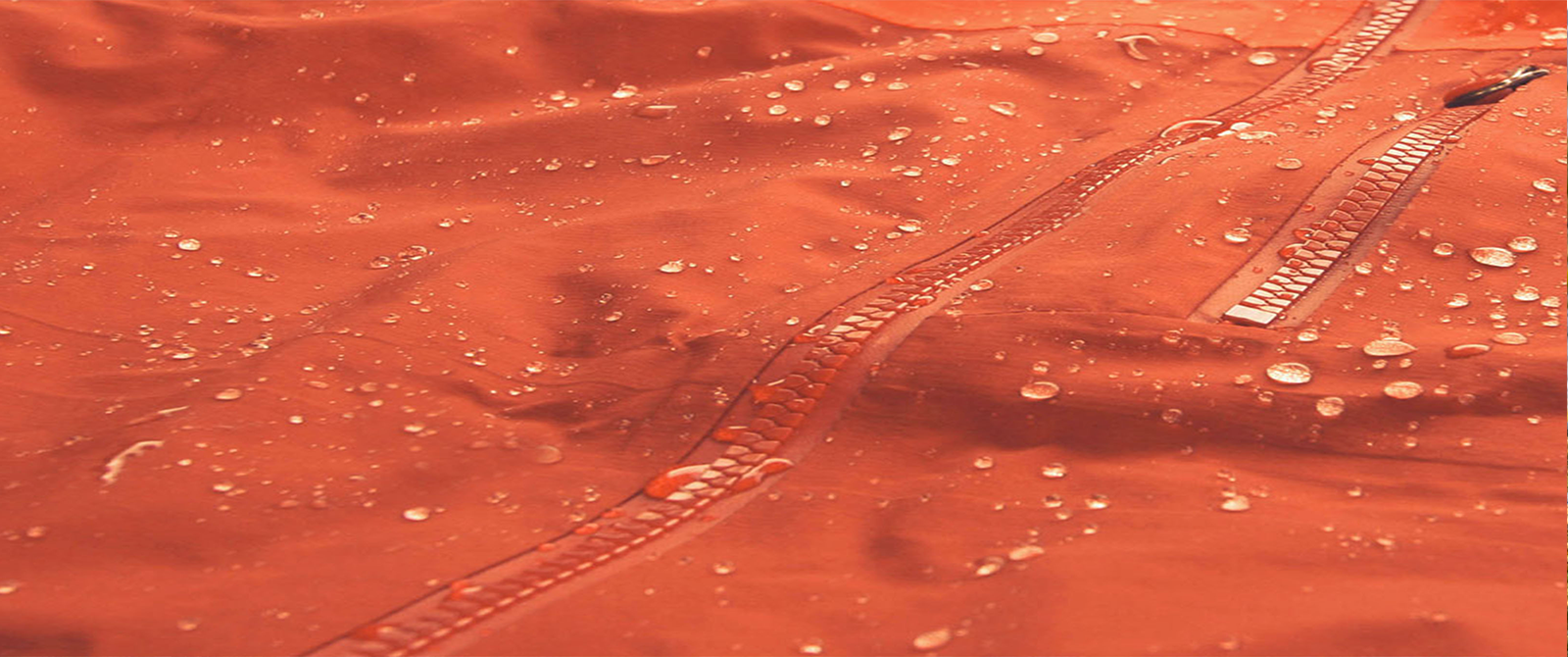When shopping for your outdoor excursion, there are a lot of factors to consider: how waterproof the garment is, how breathable the garment is, what are the features of the garment, and how the garment is constructed. As you shop for outerwear, you want something that will keep you dry and warm from the rain, snow, wind, and minimize the buildup of moisture that you create on the inside of the jacket —which is where moisture vapor transfer rate (MVTR) comes in.
What is MVTR?
Moisture vapor transfer rate, or MVTR, is a scientific measurement quantifying the amount of water vapor or body moisture that can pass through a fabric or garment. When a garment is referred to as being highly breathable, that means that high levels of moisture vapor are passing through the garment.
MVTR is generally expressed as g/m2/24hrs (grams per square meter per 24 hours).
How is MVTR tested?
To ensure the high performance of waterproof-breathable outerwear, the MVTR test was designed to replicate how a laminate would perform on the user in the field by measuring how easily your clammy, sweaty air that you generate can move from the inside of a jacket to the outside or from one side of a laminate to the other. There are several versions of MVTR testing; a commonly used test is the JIS 1099 B1 method (or the inverted cup). In this procedure, a cup of precisely measured hydrophilic desiccant solution made up of potassium acetate is weighed and then placed on the surface of the waterproof laminate. The other side of the laminate is in direct contact with water. Because potassium acetate is extremely hydrophilic (i.e., attracted to water), it pulls the vapor from the water bath through the fabric and absorbs into the potassium acetate inside the cup; the weight gain of the desiccant solution, after a defined amount of time, is extrapolated to determine the moisture vapor transfer rate (MVTR).
Why is MVTR important?
Moisture vapor transfer rate plays a vital role when shopping for gear that will be used in foul weather. The rating will tell you the breathability of your garment.
Higher levels of MVTR and air permeability are the two ways the user can regulate their body temperature. The less moisture trapped inside the jacket improves your level of comfort. The quick dissipation of water moisture, including body sweat, helps to reduce the risk of overheating, chills, and hypothermia by eliminating the amount of water vapor trapped inside the garment.
In addition, an MVTR rating can be used as a guide when shopping to help you select the right garment for the right activity and conditions.
Using Breathability Ratings for Your Outerwear Purchases
With outerwear, the key to comfort is to properly match the weather protection you need with a fabric that will best regulate the level of heat and sweat you will generate. While comfort can be subjective and different for everyone, you might use the following guidelines in your jacket selection.
|
Breathability Rating (g/m2/24hrs) |
Usable conditions |
Ideal Activities |
|
10,000 |
Cooler weather conditions, stationary activities |
Snowsports, motorsports, fishing, hunting, lifestyle |
|
20,000 |
Aerobic activities, all weather conditions |
Backpacking, climbing, hunting, snowsports |
|
30,000 |
High-aerobic activities, warmer conditions |
Cycling, trail running, cross country skiing |
Looking for breathable performance fabrics? Outerwear, Footwear, and Accessories | eVent Fabrics
Choosing apparel with performance characteristics that match the sport or outdoor activity you’re doing will increase your comfort level so you can stay focused on enjoying your time outdoors. By having a greater understanding of MVTR and how it works with your activity level, you can build an outerwear kit that allows you to perform at your best, even if conditions are at their worst.
Are you interested in incorporating high breathability and performance in your next product launch? Contact us or fill out the form below.

